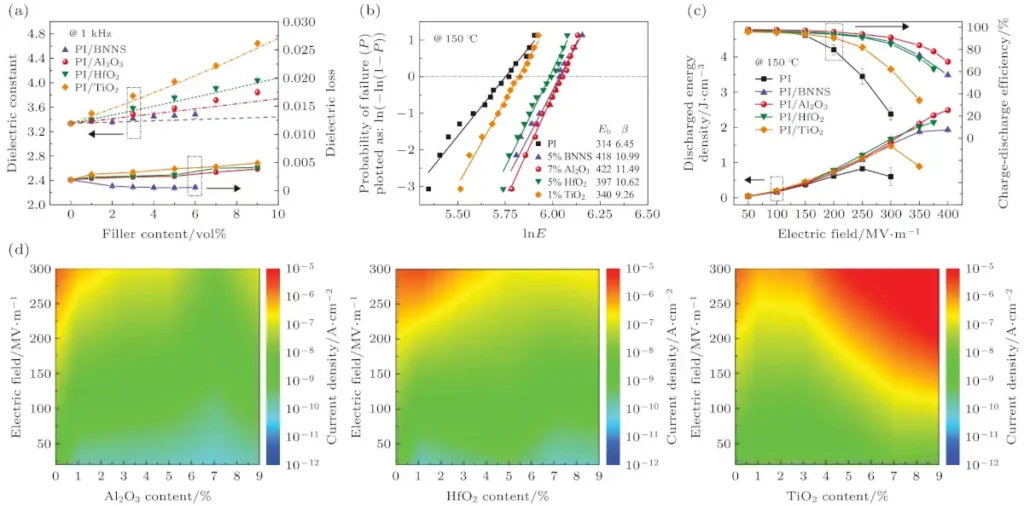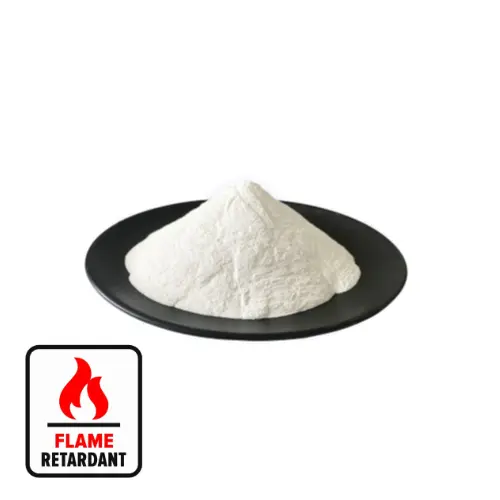INTRODUCTION
EVA (ethylene vinyl acetate copolymer) is a flexible thermoplastic elastomer widely used in photovoltaic cells and electrical applications due to its excellent transparency, flexibility and insulating properties. Magnesium hydroxide (Mg(OH)2) is a flame retardant and filler that improves the thermal stability and mechanical properties of composites.

The aim of this study is to characterize the dielectric properties of EVA magnesium hydroxide composites to understand their potential for high frequency electrical applications.
Experimental Methods.
Characterization of dielectric properties:
The dielectric constant (ε’) and dielectric loss factor (tan δ) of the composites were measured in the frequency range of 10 Hz to 1 MHz using an impedance analyzer.
Results
Dielectric constant:
The results show that doping of Mg hydroxide significantly increases the dielectric constant of the composites. ε’ reaches a maximum value of 3.6 at 20 wt. % Mg hydroxide, whereas the dielectric constant of pure EVA is only 2.5.
Dielectric loss factor:
The doping of magnesium hydroxide also affects the dielectric loss of the composites. At low frequencies (10 Hz to 1 kHz), the tan δ increases slightly with increasing Mg hydroxide content. However, at high frequencies (1 kHz to 1 MHz), tan δ decreases significantly.
DISCUSSION
The increase in dielectric constant of EVA Mg hydroxide composites is attributed to the polarization effect of Mg hydroxide nanoparticles. These particles have high relative dielectric constants and can be aligned in the presence of an electric field. In addition, the hanging distribution of the magnesium hydroxide nanoparticles hinders the thermal relaxation of the dielectric polarization, which leads to a decrease in the dielectric loss.

The reduced dielectric loss is an ideal property for power storage and sensing applications. It means that the composites can store more charge at high frequencies and reduce energy loss.
Conclusion.
This study has shown that EVA magnesium hydroxide composites are composites with high dielectric constant and low dielectric loss. These excellent dielectric properties make it a potential candidate for high frequency electrical applications such as capacitors and RF antennas.

